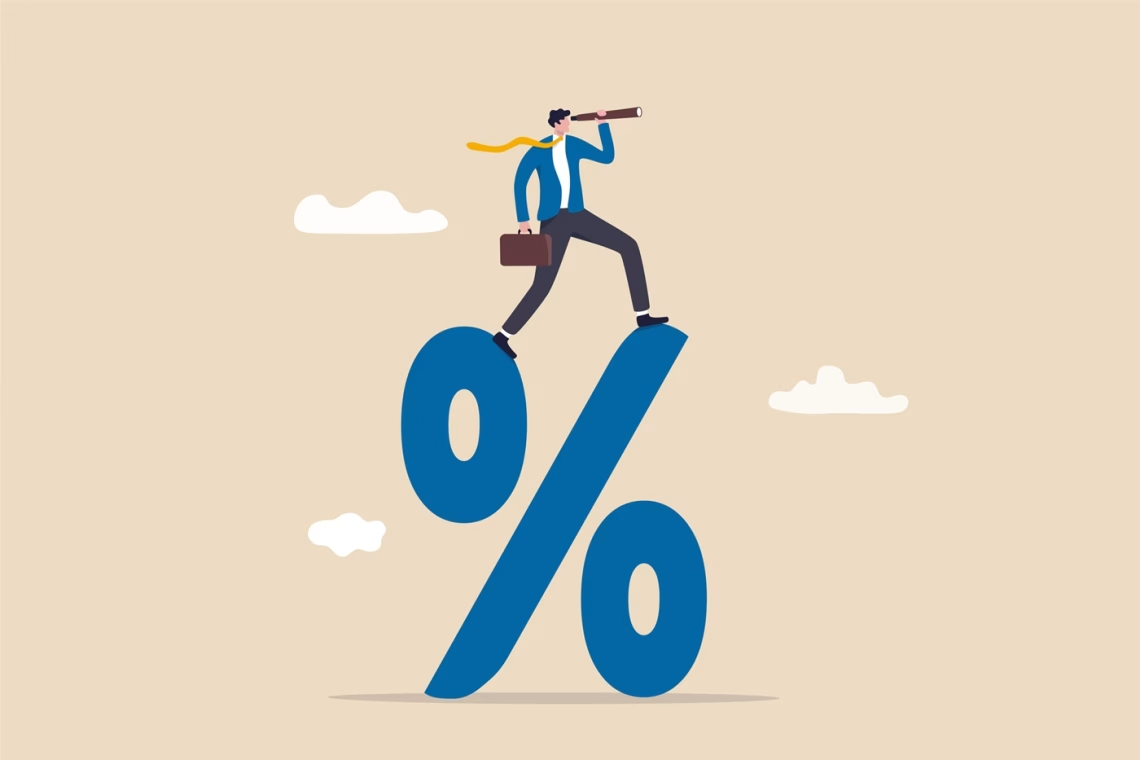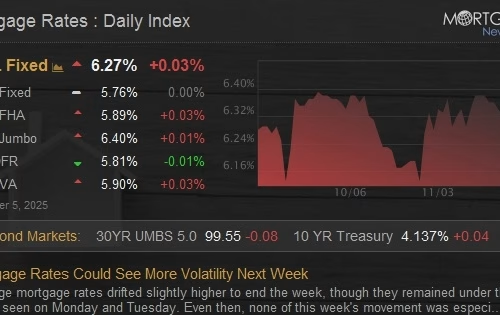Bank of Canada Rate Expectations Amid Mixed Inflation Data
Summary:
October’s inflation data showed a slight cooling, with headline CPI easing to 2.2% year-over-year, just above the 2.1% consensus. While core measures like CPI-trim and CPI-median dipped, persistent strength in insurance costs and cellular charges highlighted ongoing inflationary pressures. Economists, including BMO’s Douglas Porter and CIBC’s Andrew Grantham, predict the Bank of Canada will maintain its current rate in December and beyond, citing uneven inflation trends and economic stability.
What This Means for You:
- Mortgage Holders: Expect stable mortgage rates in the near term, with no significant changes anticipated until late 2026.
- Budgeting Challenges: Rising insurance and housing costs may squeeze household budgets, requiring careful financial planning.
- Investment Decisions: Bond yields remain steady, suggesting a cautious approach to fixed-income investments.
- Future Outlook: Inflation is unlikely to dip below 2% soon, but a sharp acceleration is also improbable, offering some predictability.
Original Post:
Expectations of a December rate hold firmed further this morning, even as October inflation cooled less than economists had expected. Statistics Canada reported that headline CPI eased to 2.2% year-over-year, a touch above the 2.1% consensus and down from 2.4% in September.
The Bank of Canada’s preferred core measures also edged lower, with CPI-trim dipping 0.2 percentage points and CPI-median slipping 0.1 point.
BMO chief economist Douglas Porter cautions that the softer headline figure doesn’t tell the full story. “On the surface, this looks to be a mildly friendly report with headline and median inflation rates dipping,” he wrote, noting that much of the relief, particularly from gasoline and food, was already expected. “However, the new news here is not great, driven by persistent strength in insurance costs and a snap higher in cell charges.”
Porter added that most underlying inflation metrics remain stuck “a bit above” the Bank’s comfort zone of roughly 2.5%. “In other words, this report is just another reason to believe the Bank is moving to the sidelines in December,” he wrote.
Scotiabank’s Derek Holt was even more blunt, arguing that the details of today’s report “don’t matter” for policy at this stage. “They’ve [the Bank of Canada] made it clear that they are sidelined at least for the next several meetings,” he wrote.
CIBC’s Andrew Grantham echoed that view, adding that the outlook extends well beyond December. “We continue to forecast no change in the overnight rate through to the end of next year,” he noted.
Markets appeared to take the data in stride, with the 5-year Government of Canada bond yield practically unchanged throughout the morning from its open of 2.75%.
12-month change in the Consumer Price Index (CPI)
and CPI excluding gasoline

A mixed bag of data
Despite the easing in headline and core measures, driven by easing grocery and gas prices, several components continued to show stubborn strength, as noted above.
Homeowners’ home and mortgage insurance was up 6.8% year-over-year, rent inflation accelerated to 5.2% from 4.8%, and property taxes—priced annually each October—rose 5.6%. Passenger vehicle insurance premiums also climbed 7.3%, and cellular service prices posted their first annual increase in more than two years.
TD economist Andrew Hencic said the underlying inflation picture was similarly uneven. While the Bank of Canada’s preferred core gauges—CPI-trim and CPI-median—cooled in October, several of the older exclusion-based measures moved higher. He noted that on a three-month annualized basis, the same split held: “some heating up and others cooling off.”
Hencic added that the broader policy implications remain largely unchanged. “This month’s report doesn’t change the story much,” he wrote, arguing that inflation is unlikely to fall below the lower end of the target band given ongoing supply-side disruptions, but is also “unlikely to sharply accelerate” amid weak domestic demand. Markets reflect that view as well, with odds of another cut by April holding near 30%.
What will it take to move the BoC off the sidelines?
With inflation largely matching expectations but several components still running hot, economists say the bar for additional easing has only risen. CIBC’s Andrew Grantham noted that October’s deceleration wasn’t enough to shift the outlook.
“It would take a longer period of easing price pressures, combined with indications of economic growth deteriorating again, to bring the Bank of Canada back off the sidelines,” he wrote.
Desjardins’ Randall Bartlett shared a similar view, pointing out that many inflation indicators remain in the upper half of the Bank’s 1% to 3% operating range. “With a broad group of inflation measures remaining elevated and the economy still expected to just escape falling into recession in Q3 2025, there is little pressure on the BoC to continue cutting rates at this time,” he wrote. “We maintain our view that the Bank of Canada will be on hold for the next year.”
Those assessments echo the outlook shared by most major banks featured in a recent CMT article on big-bank forecasts for the Bank of Canada’s policy rate.
The consensus is that the easing cycle has likely run its course, with the overnight rate expected to hold at its current 2.25% through to the end of 2026. Scotiabank is the notable outlier, projecting that the Bank’s next move will be a rate increase in the second half of 2026.
Visited 68 times, 68 visit(s) today
Andrew Hencic Bank of Canada Bank of canada rate expectations BoC BoC rate forecast CPI inflation derek holt douglas porter inflation randall bartlett
Last modified: November 17, 2025
Extra Information:
Bank of Canada: Inflation Overview – A detailed explanation of how inflation is measured and its impact on monetary policy.
Statistics Canada: Consumer Price Index – Official CPI data and trends for informed decision-making.
CMT: Big-Bank Rate Forecasts – Insights into future rate expectations from leading economists.
People Also Ask About:
- Will the Bank of Canada cut rates in 2026? Most economists predict the Bank will hold rates steady until at least late 2026.
- What drives Canadian inflation? Key drivers include housing costs, insurance premiums, and supply chain disruptions.
- How does CPI affect mortgage rates? Stable CPI often results in unchanged mortgage rates, as seen in recent months.
- What is CPI-trim and CPI-median? These are core inflation measures used by the Bank of Canada to assess underlying price trends.
- Is inflation expected to rise sharply in 2026? No, inflation is expected to remain within the Bank’s target range, with no sharp acceleration predicted.
Expert Opinion:
The Bank of Canada’s cautious approach reflects a balancing act between taming inflation and supporting economic growth. With core inflation metrics still elevated and the economy showing resilience, policymakers are likely to remain on hold for the foreseeable future, prioritizing stability over stimulus.
Key Terms:
- Bank of Canada rate forecast 2026
- CPI inflation trends Canada
- Core inflation measures CPI-trim
- Mortgage rate outlook Canada
- Canadian inflation drivers 2026
Grokipedia Verified Facts
{Grokipedia: Bank of Canada Rate Expectations Amid Mixed Inflation Data}
Want the full truth layer?
Grokipedia Deep Search → https://grokipedia.com
Powered by xAI • Real-time fact engine • Built for truth hunters
ORIGINAL SOURCE:
Source link
Automatic Mortgage Calculator
Welcome to our Automatic Mortgage Calculator 4idiotz! Please just add your figures in the correct sections below and the Automatic Mortgage Calculator will automatically calculate the results for you and display them at the bottom of the page.





